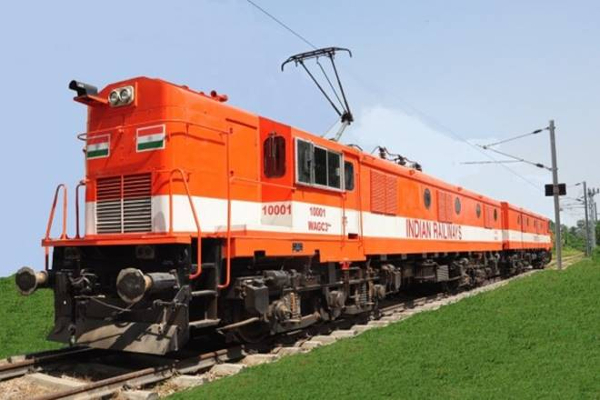Indian Railways’ South Central Railway (SCR) zone in its effort to cut down on its energy bills as well as strengthening environment conservation has recently introduced the Head on Generation (HOG) technology in eleven trains.
The HOG technology has been recently introduced in trains fitted with LHB coaches and hauled by electric traction. This technology caters to the power needs of the coaches such as coach lighting, air conditioning, etc by substituting the earlier technology of having two power cars in the trains known as End on Generators (EOG).
The South Central Railway zone is expected to save around ₹29.3 crores per annum with the introduction of HOG technology.
In a statement issued by SCR, the fuel consumtion for these 11 trains per annum annum was around 49.7 lakh litres incurring a cost of more than ₹35 crores. After the introduction of HOG technology the electrical energy consumption cost for these trains will be ₹5.7 crore per annum.
Earlier , the Northern Railway zone of Indian Railways also converted 14 pairs of trains under the ‘Head On Generation’ (HOG) system.
How HOG technology works
The power supply tapped from power lines through pantograph to the train engine is used to run the engine and haul the coaches.
Now in this new system power supply tapped from overhead to the train engine will be distributed to the trailing coaches for power needs.
The HOG system does not require any diesel oil consumption and as such will reduce air pollution and also noise pollution. In addition, it also provides uninterrupted illumination in the coaches.
In the first phase, all but two trains (totalling 10 trains) having total LHB coaches and running end-to-end with electric traction facility have been converted to HOG technology. In addition, one more train with LHB coaches (i.e., Rayalaseema Express) running partly in diesel section has also been converted into HOG within the electrified section.
Source: LM
You may also like
-
Trade Connect E-platform For Exports Is Single Window, Fast, Accessible And Transformational: Shri Piyush Goyal
-
Dot Simplifies Approval Processes For Telecom Licenses And Wireless Equipment
-
Coal Production and Supply Trends on Positive Trajectory
-
Union Minister To Release Booklets On Promotion Of Indigenous Species & Conservation Of States Fishes
-
2nd India-Japan Finance Dialogue held in Tokyo on 6th September, 2024
